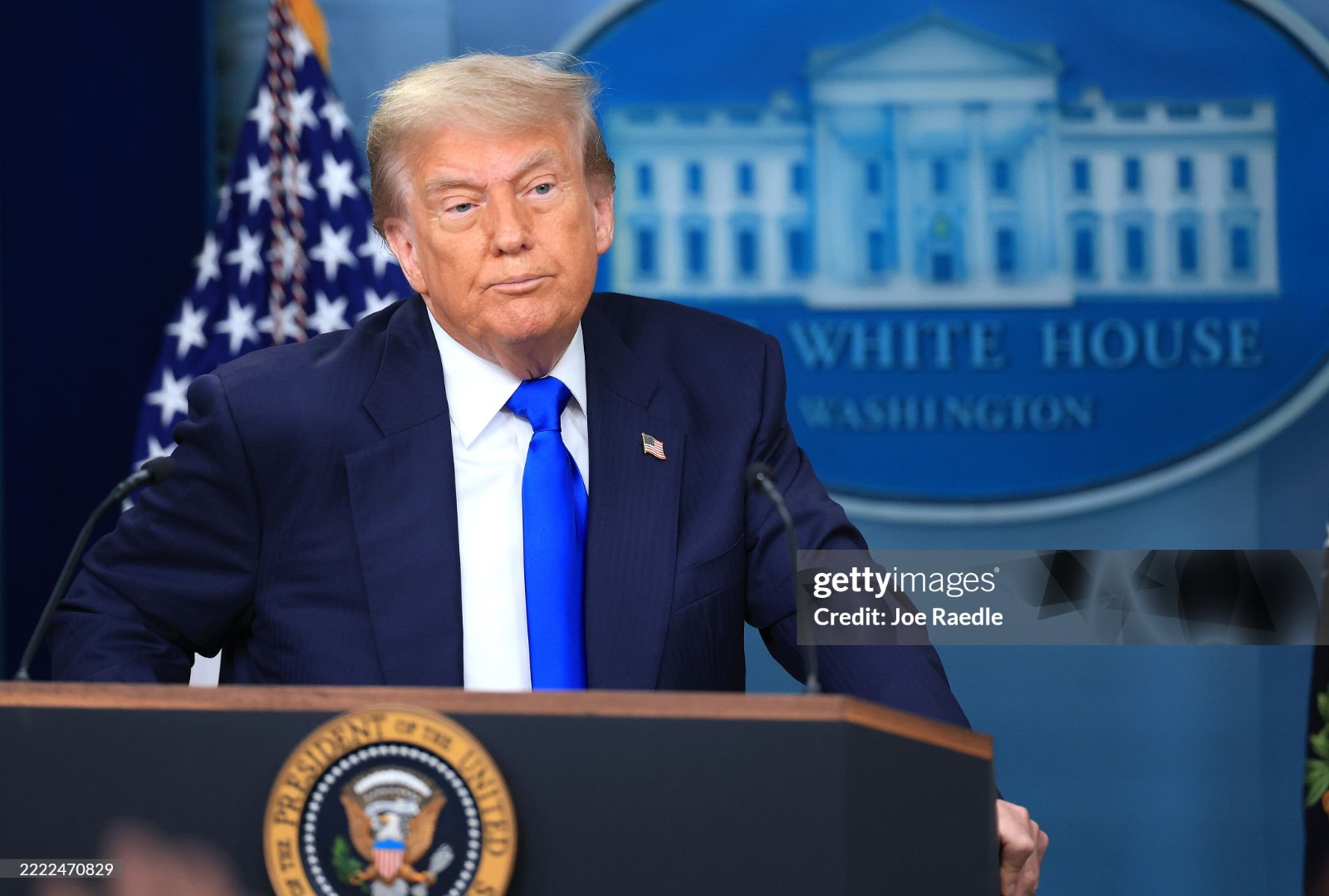News | Events | Digital PR | Advertising
Donald Trump Threatens 35% Tariff on Canadian Goods Amid Trade Talks Standoff

In a bold move likely to shake up North American trade dynamics, U.S. President Donald Trump has announced plans to impose a 35% tariff on Canadian goods starting August 1, even as both nations approach a self-imposed deadline to finalize a new trade agreement.
The declaration came via a letter published on Trump’s social media platform, Truth Social, where the former president also warned of additional blanket tariffs of 15% to 20% targeting a broader range of U.S. trade partners.
Canadian Prime Minister Mark Carney responded swiftly, affirming that his administration would “continue to protect Canada’s workers and businesses” as talks progress toward the deadline.
Trump’s Canada letter is one of over 20 such notices he has sent this week to other U.S. allies. He also plans to target the European Union with new tariffs, set to take effect on the same August 1 date.
While some Canadian goods already face a 25% tariff, Trump’s announcement adds pressure to key sectors such as automobiles, steel, aluminium, and metals, in which Canada plays a significant export role. Notably, there’s uncertainty about whether these new tariffs would also apply to goods protected under the Canada-United States-Mexico Agreement (CUSMA).
Trump claims these measures are in response to several grievances, including:
- Canada’s trade deficit with the U.S.
- Ongoing tariffs on American dairy farmers
- And what he described as “Canada’s failure” to stop the flow of fentanyl into the U.S.
“As you are aware, there will be no tariff if Canada, or companies within your country, decide to build or manufacture products within the United States,” Trump stated.
“If Canada works with me to stop the flow of Fentanyl, we will, perhaps, consider an adjustment to this letter. These Tariffs may be modified, upward or downward, depending on our relationship with Your Country,” he added.
In response, Prime Minister Carney defended Canada’s efforts to address the opioid crisis, stating on X (formerly Twitter) that the government had made “essential progress to stop the scourge of fentanyl” and remains committed to collaborative efforts with the U.S. to protect both nations.
Data from U.S. Customs and Border Protection shows that only 0.2% of fentanyl seizures occur at the Canadian border, with the vast majority intercepted at the U.S.-Mexico border. Earlier this year, Canada ramped up its border security funding and appointed a fentanyl czar in response to concerns from the Trump camp.
As the August 1 tariff deadline looms, stakeholders on both sides brace for what could become a significant turning point in U.S.-Canada trade relations.
Explore more
8.8 Magnitude Earthquake Strikes Off Russia’s Far East, Triggers Tsunami Alerts in Japan, Hawaii, and California
One of the strongest earthquakes ever recorded struck off Russia’s sparsely populated...
Saudi Arabia’s ‘Sleeping Prince’ Al-Waleed bin Khalid Al-Saud Dies After 19 Years in Coma
His death comes about two decades after a devastating car crash in...
A Vehicle Drives Into A Crowd In Los Angeles, Injuring 30 People, Some Critically
A vehicle rammed into a crowd of people waiting to enter a...
Outrage Over Arrival Of Foreign US Deportees in African Nation, Eswatini
Across Africa, and in Eswatini, fury has erupted over the arrival of...












Leave a comment